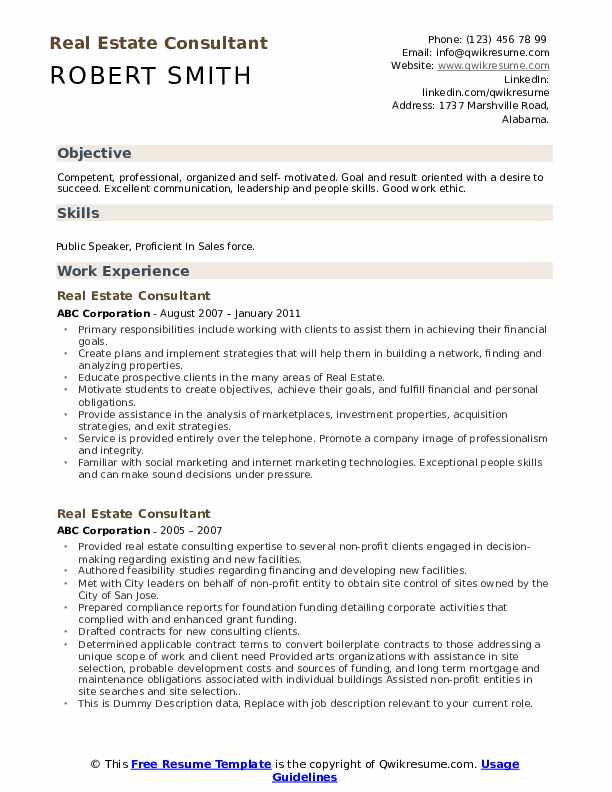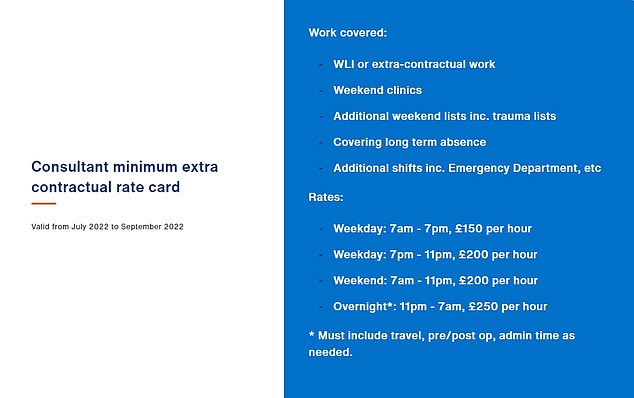
The cars business has been around for decades. The original car industry was made up of small shops that produced handmade vehicles. Although many failed, a few companies survived and prospered until the age of mass production. Historically, there are three main categories of early automobile companies. These are bicycle and machine makers in Germany, Morris, Great Britain, and Durant and Studebaker, respectively, in the United States.
25th Anniversary of NADA
At the NADA's 25th anniversary, the Association is at a nexus of strength, mission, and fiscal stability. Its membership has risen, its financial security and its ability to influence public policy are at an all time high. NADA must also remember the value of spiritual support systems as it continues to move forward. Its spiritual foundations are laid by the association's long-standing connections to the 12 Step movement, and to indigenous spiritual traditions.
The NADA's 25th anniversary will also be marked by the launch of NADA's 'Project 2000' initiative. Jim Woulfe led the initiative to create a high level committee to study future prospects for the auto industry. The committee would solicit input from dealers, and study the impact of franchise systems on the industry. The group would also study employee training, computer technology, and data. This committee would produce various reports to help the automotive industry transition into the 21st Century.

Auto industry characteristics
The automotive industry has high levels both of capital and financial risk. It is highly cyclical. It is also extremely sensitive to changes that occur in the consumer's balance sheet or economic activity. The industry's success is dependent on credit conditions being stable. This was evident in 2008's global financial crisis that led to many auto bankruptcies.
In response, car manufacturers and exclusive dealers have created virtual showrooms to provide more information to customers. The new medium allows car companies to be more transparent in pricing and allow customers to buy without the need to physically move. As a result, there has been an increase in pressure on exclusive dealers and their network.
COVID-19 and the impact it has on the used car industry
The COVID-19 epidemic has caused disruption in the supply chain which has adversely impacted both new- and used car dealers. The entire industry is suffering from a shortage of microchips. It is becoming increasingly difficult for used car dealers to keep up with increasing demand. A decrease in available models is also a problem. Used car prices have increased as a result. This has also led to higher trade-in values.
Online used car sales gained popularity after the COVID-19 implementation. Dealerships have had to create virtual showrooms. These platforms let consumers see the interior and exterior of a car with very little interaction. Moreover, advanced technologies are available to provide consumers with a 360-degree view of a car's interior.

Growth strategies
You must adopt aggressive growth strategies if your business is in the automotive industry. Today's consumers expect a seamless, digitally integrated experience, and the old ways are no longer enough to generate real sales and profits. In order to stay competitive, auto dealerships have to adapt to this low margin environment.
Growth strategies for cars businesses are not only about increasing sales, but also about diversifying your offerings and customer base. General Motors uses a generic growth strategy to increase its competitiveness in the automotive sector. It also focuses on increasing the number of its dealerships and improving customer access to GM's offerings.
FAQ
What is the cost of hiring a consultant?
It is not easy to determine how much it will cost to hire a consultant. These include:
-
Project size
-
Time frame
-
Scope of work
-
Fees
-
Deliverables
-
Other considerations such as experience level, location, etc.
How do I attract clients to my consultancy business
Find an area that you are passionate about. You could choose anything from public relations to social media, but it should be something you love. You may need to start small and find a niche market like web design. Once you have found the niche market, you need to understand why it works. What problems can it solve? What are the benefits? What are the benefits?
It is also possible to approach businesses directly.
If all else fails offer your services for free at networking events and conferences. It's a great way to get in touch with potential customers, without spending too much on advertising.
How do I start an LLC consultancy business?
First, determine what you are looking to do as service provider. Next, you must ensure that you are qualified to provide those services. It might also help to find someone who already does what you want to offer and see how they operate.
Once you've identified the product or service you wish to offer, it is time to determine your target market. If you don't have enough, you might need to create them.
You will then need to decide if it is worth starting your own business, or hiring others to do it.
You could also consider starting your own consulting company by getting a license from the state, but this requires quite a bit of paperwork and legal fees.
What type of contracts are available to consultants?
Most consultants sign standard employment deals when they're hired. These agreements outline how long the consultant will work for the client, what he/she will get paid, and other important details.
Contracts also specify which areas of expertise the consultant will focus on and how the consultant will be compensated. An agreement could state, for example, that the consultant will offer training sessions, workshops and webinars.
Sometimes, the consultant simply agrees that a specific task will be completed within a set time frame.
Many consultants sign independent contractor arrangements in addition to standard employment contracts. These agreements allow the consultant not only to work for himself/herself but also provide payment.
Are consulting incomes subject to tax?
Yes, you must pay tax on the consultancy profits. It depends on how much income you make per year.
If you're self-employed, you can claim expenses on top of your salary, including rent, childcare, and food.
But you won't be able to deduct interest payments on loans, vehicle depreciation, or the cost of equipment.
If your annual income is less than PS10,000, you can only claim 25% back.
However, you might still have to pay tax if your earnings are higher than the threshold. This depends on whether you are an employee or contractor.
Employers are taxed via PAYE (pay as your earn), and contractors through VAT.
Statistics
- Over 62% of consultants were dissatisfied with their former jobs before starting their consulting business. (consultingsuccess.com)
- According to statistics from the ONS, the UK has around 300,000 consultants, of which around 63,000 professionals work as management consultants. (consultancy.uk)
- WHY choose me: Why your ideal client should choose you (ex: 10 years of experience and 6-week program has helped over 20 clients boost their sales by an average of 33% in 6 months). (consultingsuccess.com)
- According to IBISWorld, revenues in the consulting industry will exceed $261 billion in 2020. (nerdwallet.com)
- So, if you help your clients increase their sales by 33%, then use a word like “revolution” instead of “increase.” (consultingsuccess.com)
External Links
How To
What's a typical day like for a Consultant?
Each type of work will dictate the day's pace. But generally speaking, you will spend time researching and planning new ideas, meeting clients, and preparing reports.
Meetings are a common way to discuss problems and issues with clients. These meetings can be held over the telephone, online or face-to face.
It is possible that you will be asked to write proposals. These documents outline your ideas and plans, and are required by clients. Before presenting these proposals to clients, you will usually need to discuss them with a colleague or mentor.
After all the preparation and planning, it's time to actually create some content. This could include writing articles, designing websites or editing photos.
Depending on the scope of the project, you may need to do some research in order to gather relevant statistics or figures. For instance, you might want to find out how many people you have and if they are buying more than just one product or service.
Once you have all the information needed, it is time for clients to see your findings. Your findings can be presented orally or written.
Finally, you must follow up with clients after the initial consultation. You could phone them occasionally to check on things or send an email asking them to confirm that you have received their proposal.
Although this process can take time, it is important to stay focused and build good relationships with your clients.